Simplifying Calf Registration: Registrations and DNA Status at a Glance
Simplifying Calf Registration: Registrations and DNA Status at a Glance
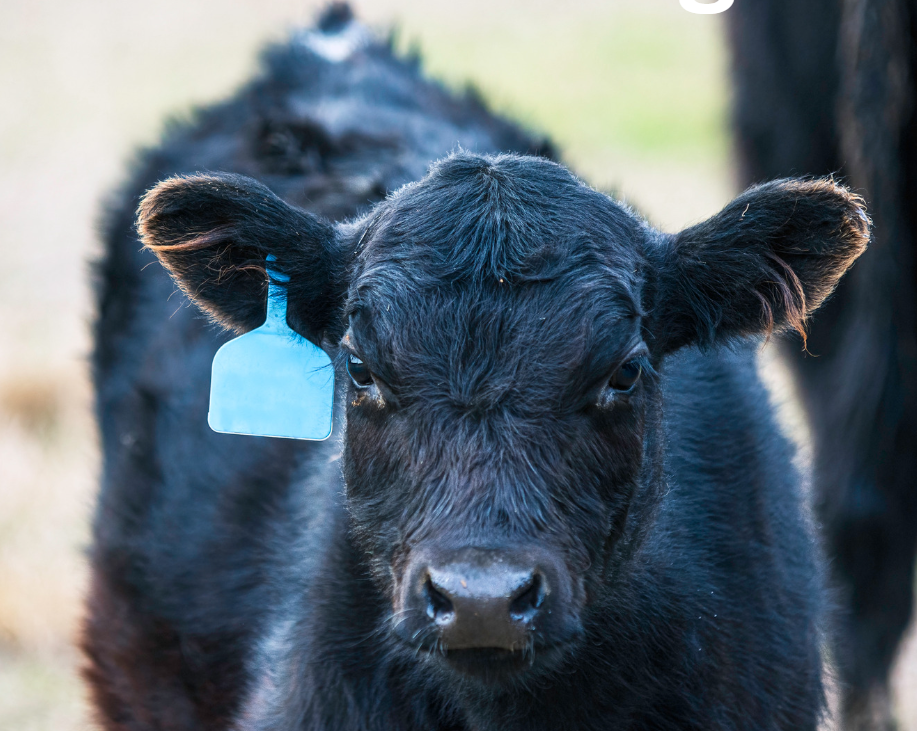
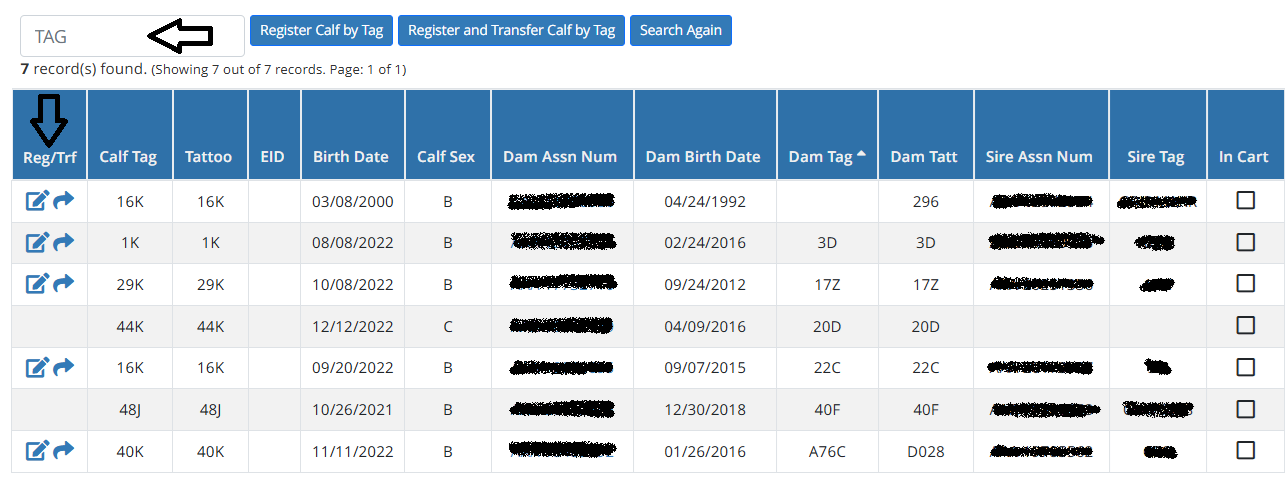
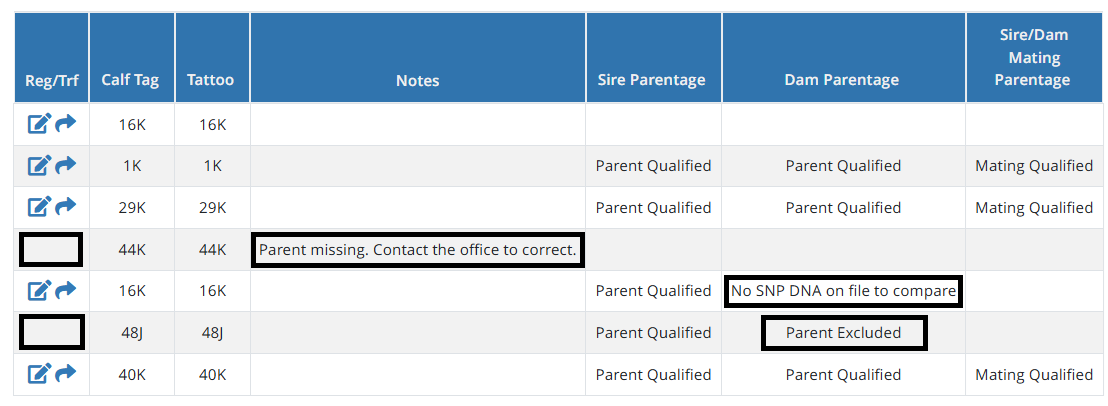
Custom Animal Reports: A Deeper Look at Parentage Status
Many ranchers aim to get DNA on all breeding-age females as part of a strategic approach to accurate calf parentage verification. While this is a worthwhile goal, implementing it can take time due to the associated costs. Nonetheless, having DNA on hand for the majority of breeding females can greatly simplify identifying and verifying calf parentage over time.
When DNA results return and reveal that a calf doesn’t match the expected dam, it can be a challenge to untangle the situation. Calf swaps are more common than one might assume, and mismatches in parentage often highlight instances where calves may have been mixed up. In these cases, a good first step is to check the calving records to see if any other dams calved on the same day and if any of those calves were excluded as well. Testing the calf against these other possible dams can sometimes lead to a quick resolution if a switch is confirmed.
If one of the other potential dams didn’t have DNA submitted, it’s worth running an exclusion check to see if this dam might be a match for the calf in question. Sometimes, calves born on the same day are inadvertently swapped, and trying all potential matches can help clear up any confusion. This method of process-of-elimination based on DNA results, calving records, and exclusion testing can be an effective approach to ensure accurate registrations.
The American Angus Association recently updated the Custom Animal Report section in AAA Login, located at Reports > Interactive > Create Custom Report. These changes are designed to give users more control and flexibility when investigating DNA-related questions. Within the DNA Info section at the bottom of the report interface, new checkboxes allow users to select specific parentage details, including Sire Parentage, Dam Parentage, and Sire/Dam Mating Parentage. These options make it easier to view and analyze parentage qualifications and exclusions.
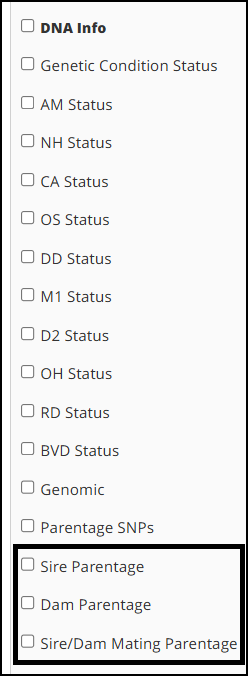
When trying to resolve a parentage question, a helpful strategy is to run a report with a targeted birth date range, typically set to include a few days before and after the calf's birth. Including dam, sire, and overall parentage information in the report ensures that all relevant data will be displayed. After generating the report, sorting the results by the birth date column brings related calves into clear view, allowing for quick identification of the animal with an excluded parent.
In a typical scenario, if a calf like 29L shows as excluded from its dam, reviewing calves with nearby birth dates can reveal clues. For instance, 28L has DNA on file but its dam doesn’t, you might try testing the excluded dam against 28L to see if it qualifies as the dam. If it does, this could confirm that a calf swap has occurred. This investigative approach, made easier with the recent updates, can help ranchers efficiently identify and resolve parentage issues with confidence.
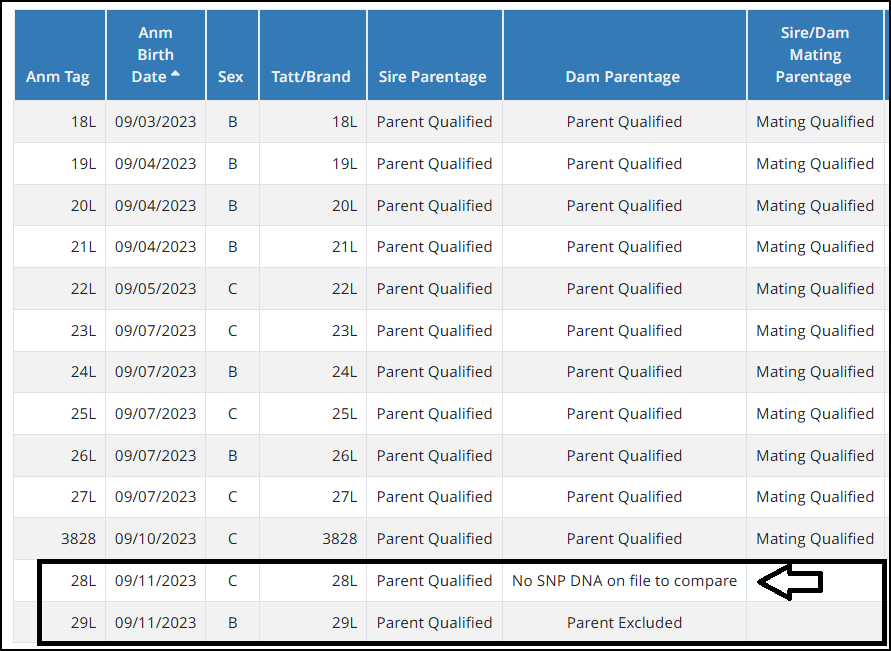
In closing
With recent updates to AAA Login, including the addition of DNA status in the registration grid and expanded DNA Info options in the Custom Animal Report, ranchers now have more effective tools for submitting registration and resolving parentage issues. These enhancements allow members to access customized reports, view detailed parentage data, and quickly identify potential calf swaps, helping them maintain accurate records and uphold the integrity of their breeding programs with confidence.
